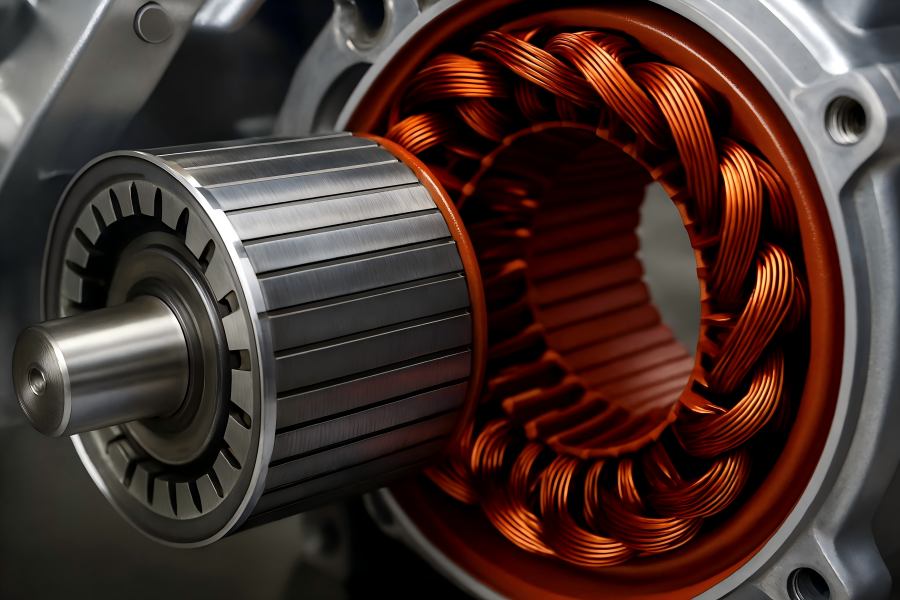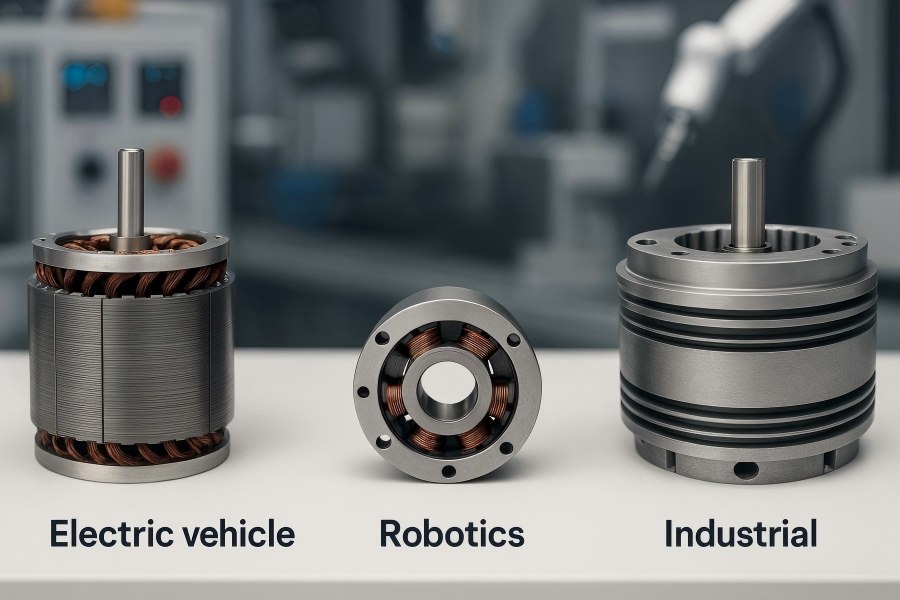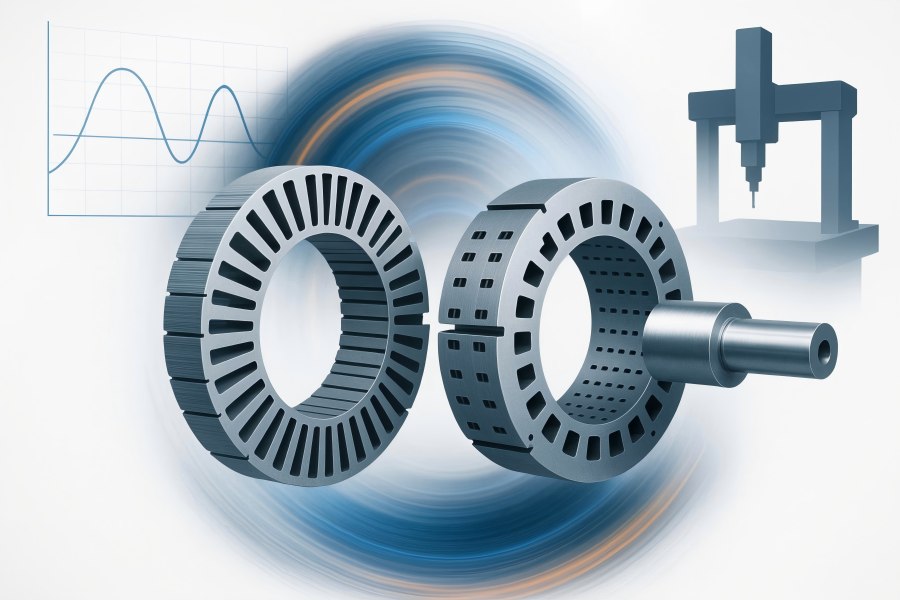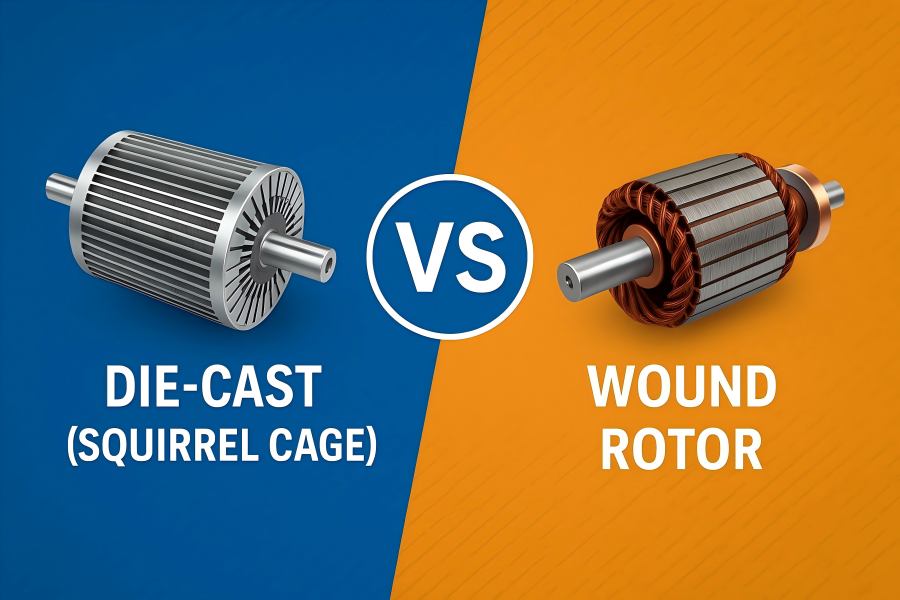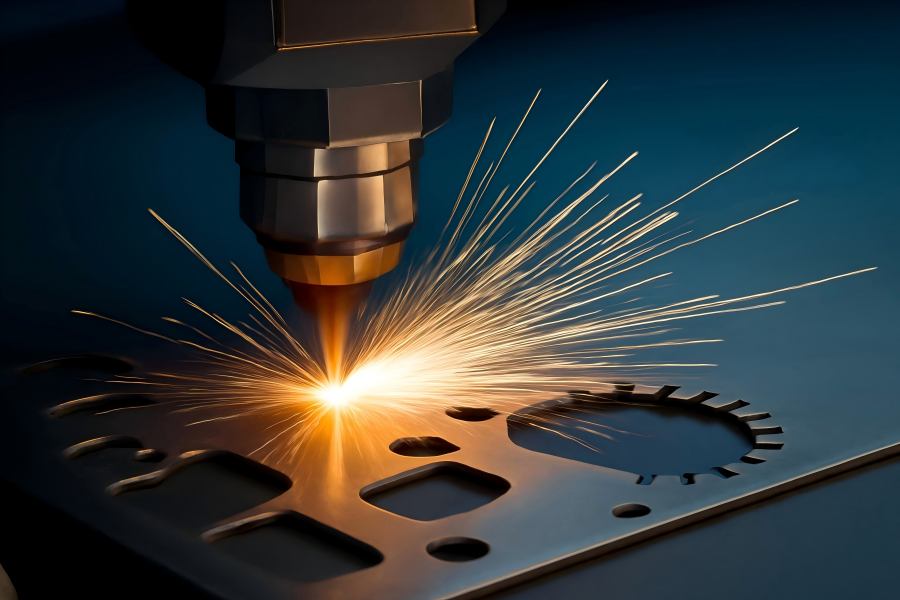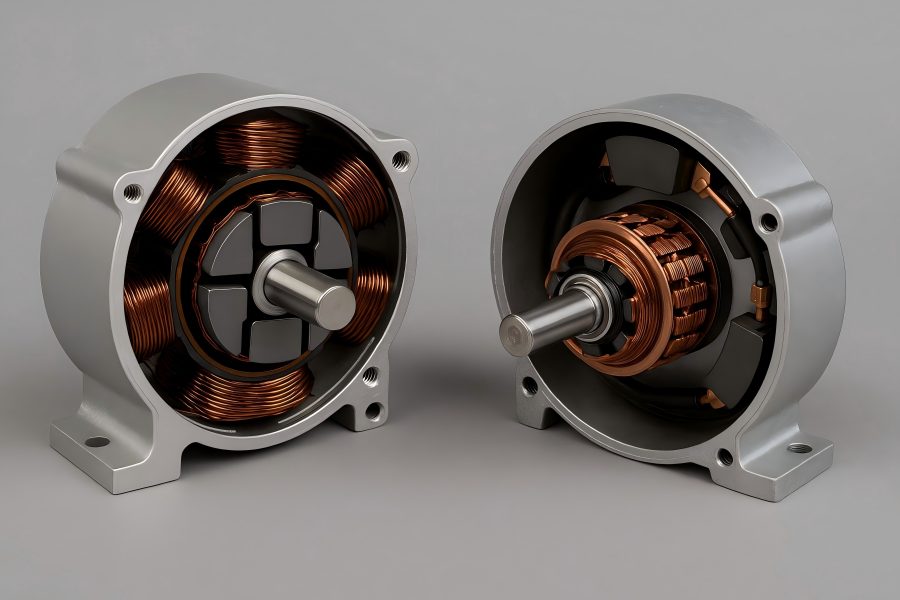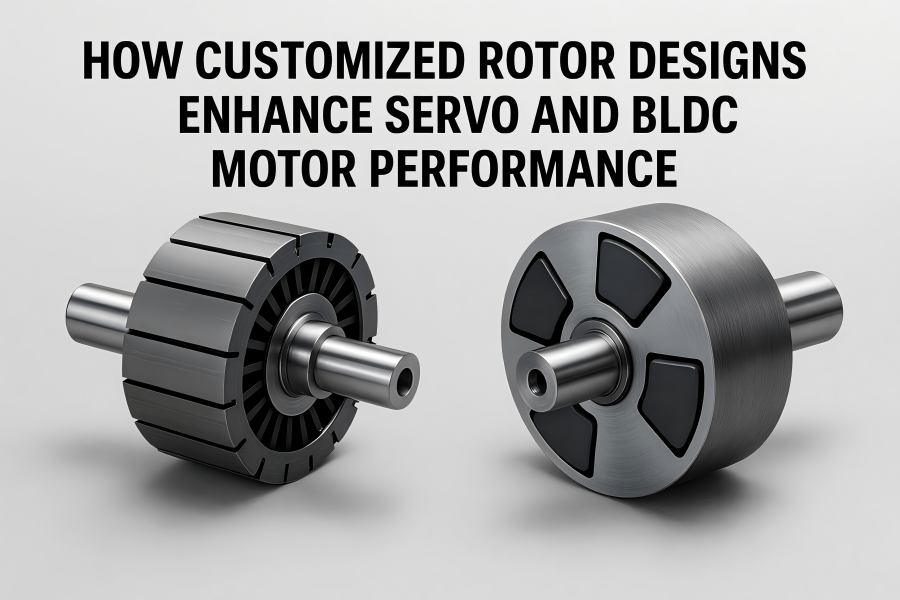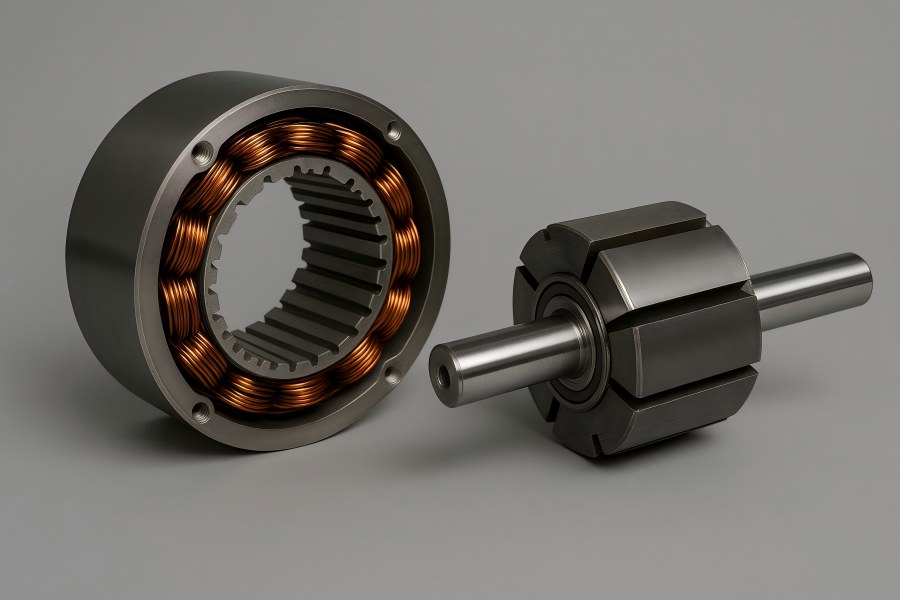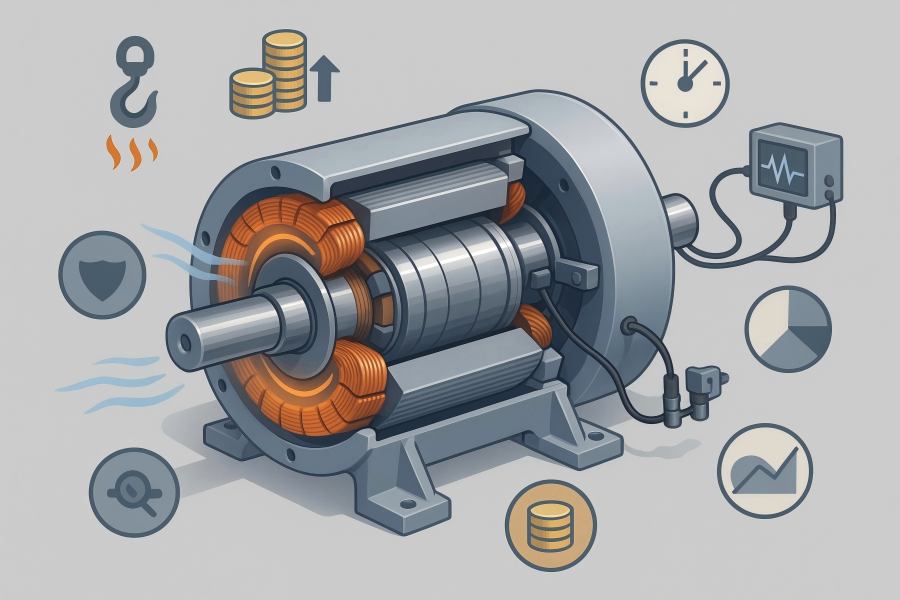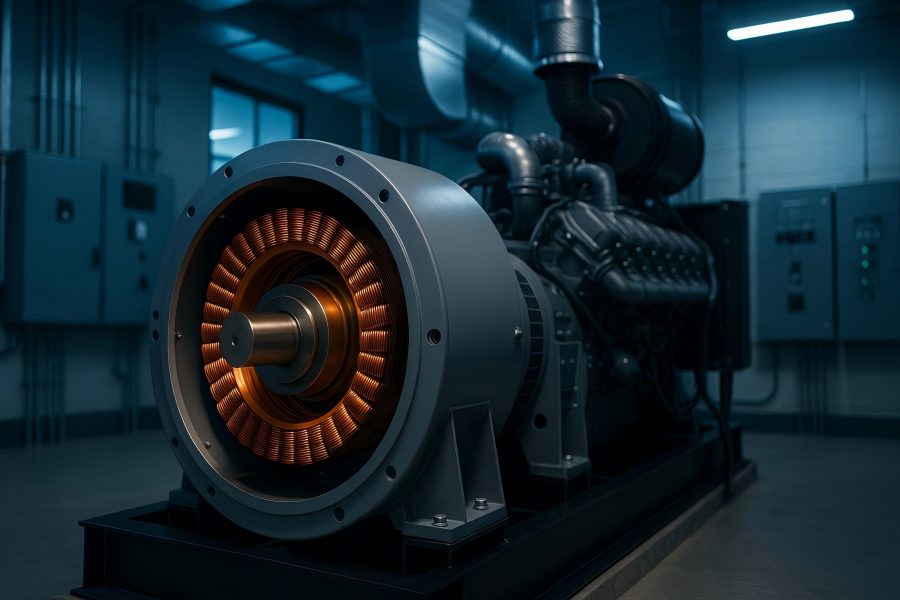Checkout Latest News and Articles
Choosing the right rotor core for a servo motor is essential to achieving optimal performance, efficiency, and longevity. Key factors such as material, geometry, and manufacturing method all influence the motor’s operation.
Read Article
Electric vehicles, collaborative robots, and industrial drives are reshaping modern industry, and all depend on high-performance electric motors. At the core of these motors are stator and rotor lamination stacks, which define efficiency, torque, speed capability, thermal performance, and long-term reliability.
Read Article
High-speed motors power demanding applications like EVs, compressors, spindles, and aerospace equipment, where small weaknesses in stator and rotor cores can cause loss, overheating, vibration, or failure. In these designs, material selection, lamination thickness, structure, and manufacturing precision directly determine electromagnetic performance, mechanical strength, noise, and efficiency.
Read Article
The two main types — die-cast (squirrel cage) and wound rotor — each offer distinct structures, advantages, and application scopes. Selecting the right one requires balancing performance, maintenance, cost, and control needs.
Read Article
Because of its accuracy in creating clean cuts, laser cutting is extensively employed in sectors like electronics, automotive, and aerospace. In stator and rotor lamination manufacturing, this process is crucial for meeting strict component specifications.
Read Article
The brushed motor’s simplicity, with a wound armature and mechanical commutation, offers low-cost torque at the expense of maintenance and efficiency. The BLDC motor, with its permanent-magnet rotor and electronically controlled stator, achieves higher performance, lower wear, and superior thermal management—perfect for modern, digitally controlled systems.
Read Article
The generator stator and rotor are far more than mechanical parts—they are the beating heart of power generation. Their seamless interaction embodies the very essence of energy conversion, bridging the physical motion of machines with the invisible flow of electrons that power the world.
Read Article
Modern industries—from robotics and automation to electric vehicles and aerospace—rely on electric motors that deliver high precision, speed, and energy efficiency. Among these, Brushless DC (BLDC) and servo motors have emerged as key technologies for motion control systems that demand accuracy, torque stability, and dynamic responsiveness.
Read Article
Electric motors are the heartbeat of modern industry. They power everything from household fans to high-speed trains, from compact drones to large-scale manufacturing lines. Any electric motor’s dynamic pair at its core are the stator and rotor.
Read Article
Industrial power systems hinge on uptime, efficiency, and predictable cost. In an alternator, generator stators and rotors drive most conversion losses, thermal stress, and lifecycle risk. Their materials (electrical steel, copper, magnets), winding geometry, insulation, and balance quality set baseline performance and cap reliability—shaping total cost of ownership and 10–20-year ROI.
Read Article
When grid power fails at critical sites, backup generators must start quickly, stabilize fast, and handle tough transients. Performance hinges on the stator and rotor—the machine’s core—whose design and interaction shape real-world behavior.
Read Article
The cost of generator stators and rotors is shaped by a web of interdependent choices: topology and duty define the playing field; steel and copper (or magnets) set the material baseline; winding technology, insulation system, and cooling architecture refine performance; while rotor mechanics, tolerances, and QA/testing determine shop time, risk, and documentation load.
Read Article

